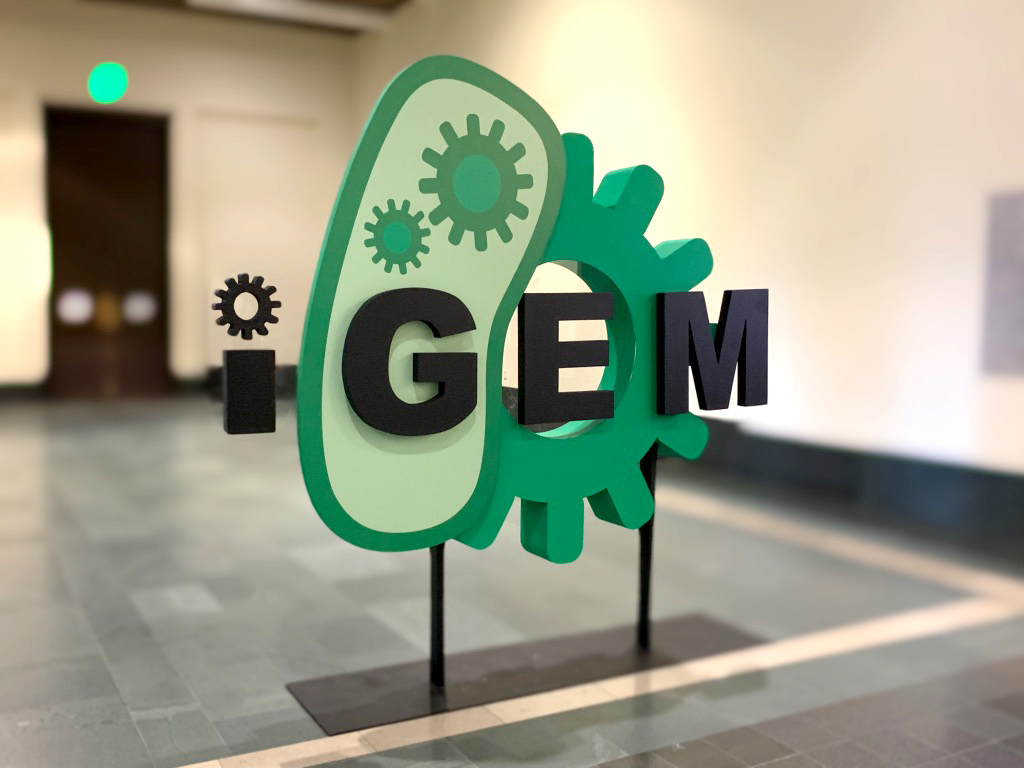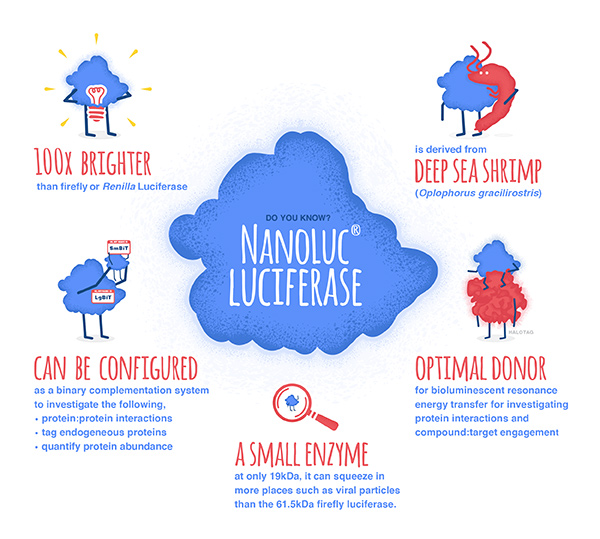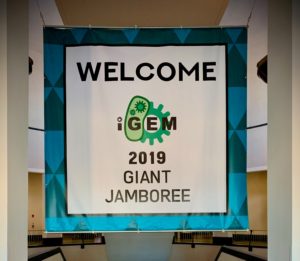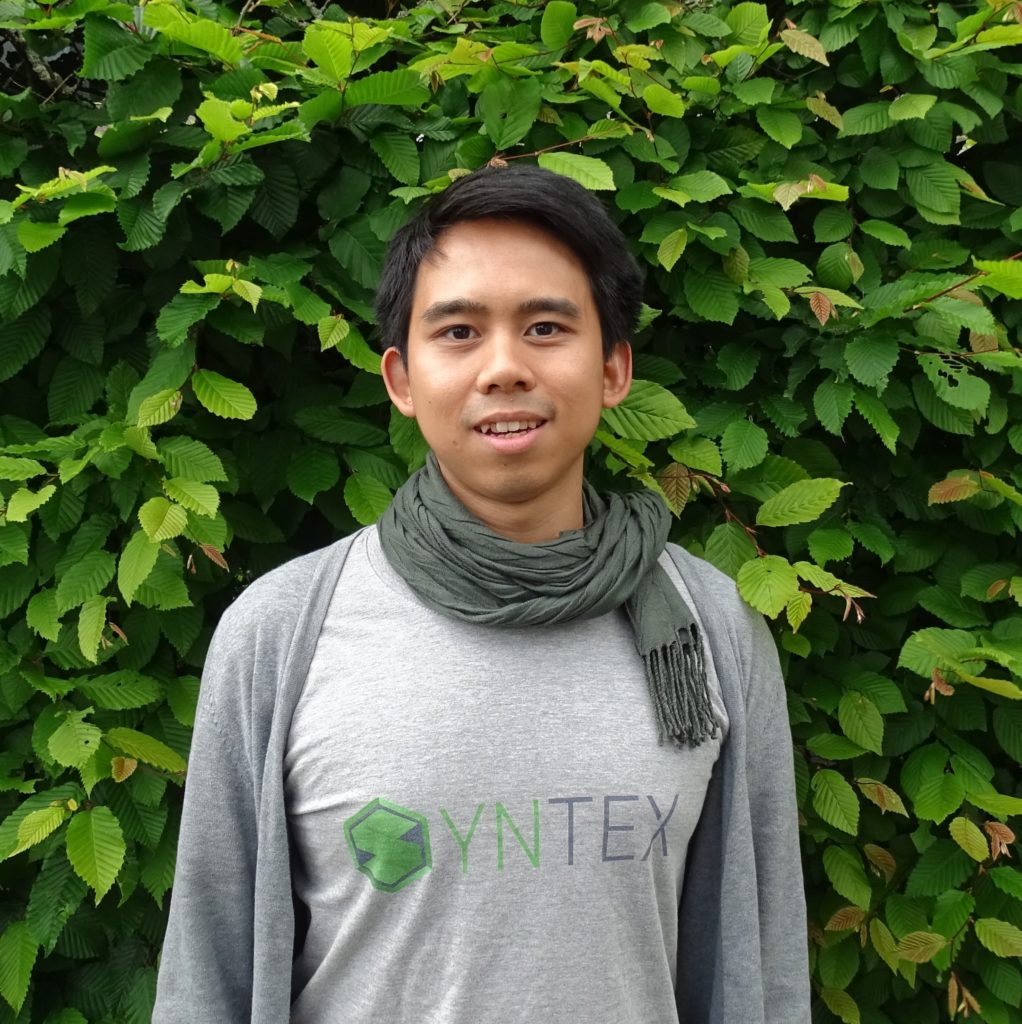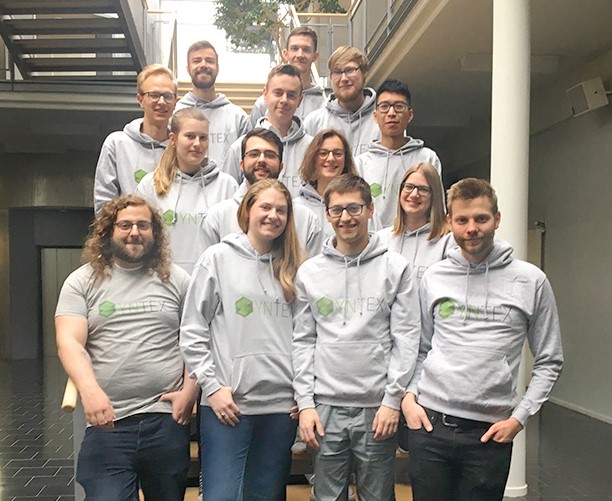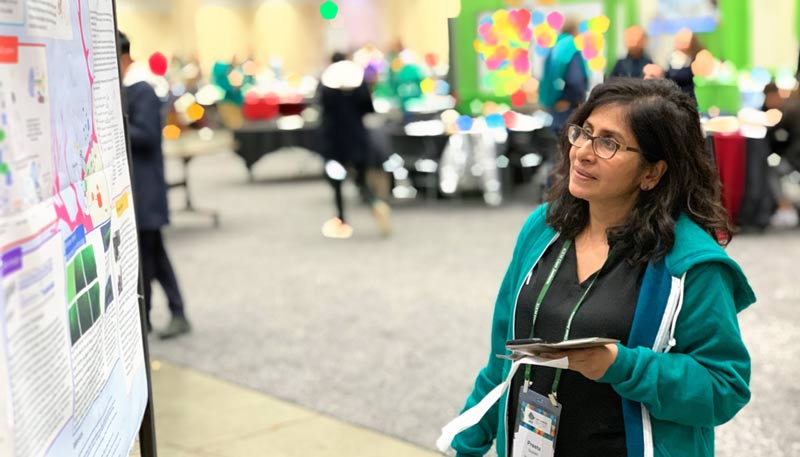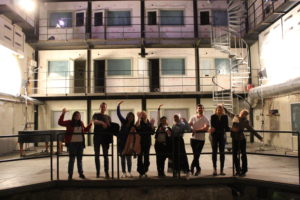According to the National Human Genome Research Institute, synthetic biology is “a field of science that involves redesigning organisms for useful purposes by engineering them to have new abilities”. Synthetic biology has a broad range of applications, from manufacturing pharmaceuticals and other biologically active chemicals and biofuels, to accelerating the adoption of plant-based burgers (1).
At the heart of the synthetic biology revolution is the rapid technological advancement—and accompanying drop in costs—of DNA oligonucleotide synthesis. Typically, synthetic biology researchers use oligonucleotides as building blocks to assemble genes of interest that are then introduced into, and expressed by, a different organism. For example, to create the plant-based Impossible Burger, the soy leghemoglobin gene (normally found in the root nodules of leguminous plants) was synthesized and expressed in yeast cells (1). This component gives the burger its meaty flavor and appearance of “bleeding” when cooked.
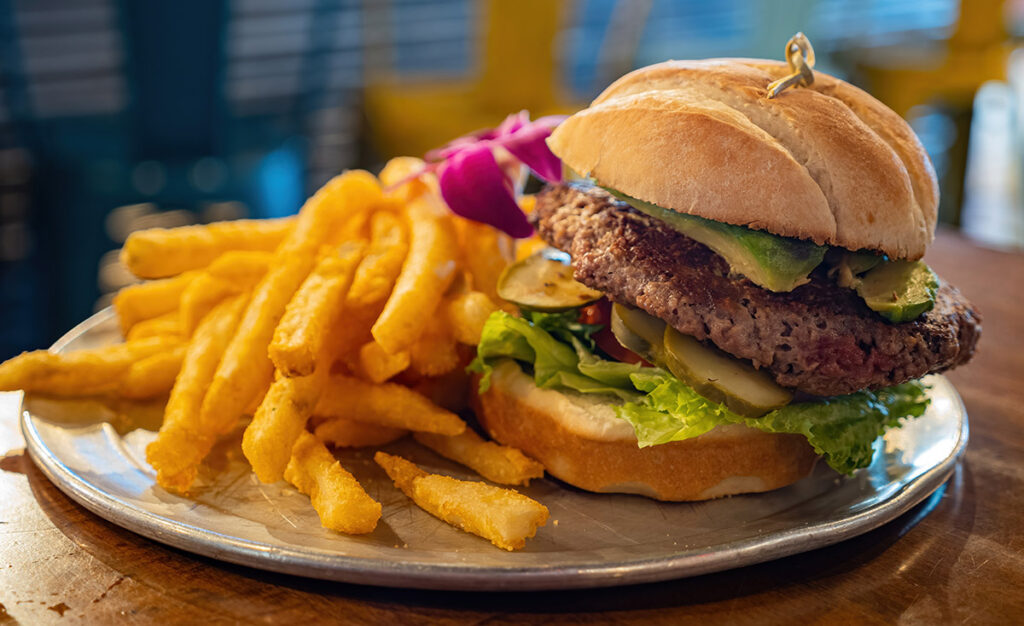
Continue reading “Synthetic Biology: Minimal Cell, Maximal Opportunity”

